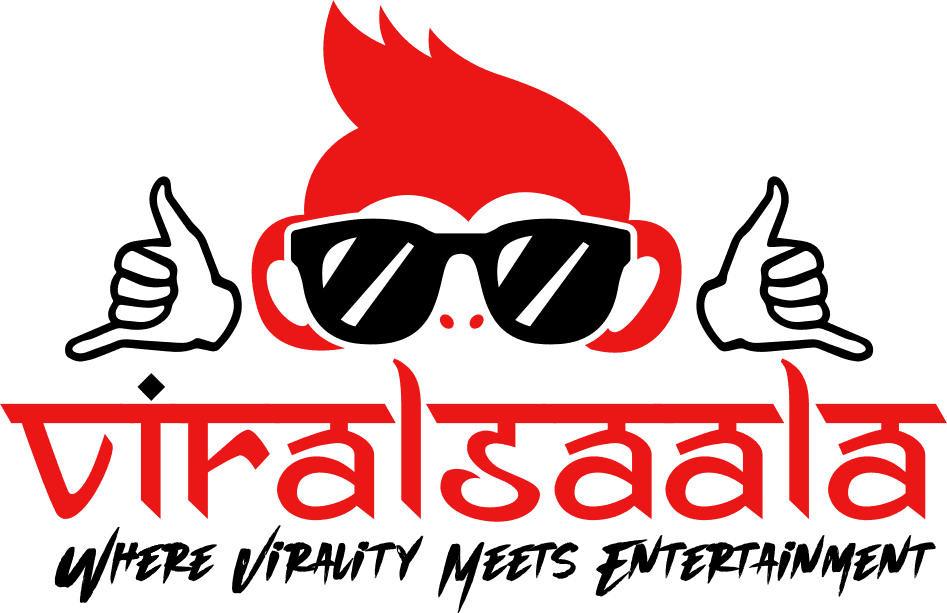Here’s a detailed exploration of essential filmmaking techniques specifically crafted for directors.
Cinematography
Framing: Directors choose different frame compositions to convey emotions or emphasize elements within the scene.
Camera Movement: This includes techniques like panning, tilting, tracking, and dolly shots to add dynamism and perspective to shots.
Shot Types: Directors select from a variety of shot types such as wide shots, close-ups, and extreme close-ups to capture different aspects of the scene and characters.
Lighting
Natural vs. Artificial Lighting: Directors decide whether to use natural light or artificial lighting setups to achieve specific looks.
Lighting Techniques: This includes techniques like three-point lighting, chiaroscuro, and high-key/low-key lighting to set the mood and atmosphere of the scene.
Editing
Pacing: Directors manipulate the rhythm and pacing of scenes through editing techniques such as cuts, transitions, and montages.
Continuity Editing: Directors ensure visual and narrative continuity between shots to maintain the illusion of seamless storytelling.
Temporal Manipulation: Techniques like flashbacks, flash-forwards, and time-lapse sequences are used to manipulate time and enhance storytelling.
Sound Design
Sound Effects: Directors use sound effects to enhance the realism of scenes or create dramatic impact.
Music: The choice of music and its placement within the film can greatly influence the emotional tone and narrative flow.
Dialogue: Directors work with actors and sound engineers to capture clean dialogue recordings and create effective vocal performances.
Acting Direction
Character Development: Directors guide actors in developing their characters, motivations, and relationships within the story.
Emotional Range: Directors work with actors to evoke authentic emotions and reactions that resonate with the audience.
Blocking and Movement: Directors choreograph the movement and positioning of actors within the frame to enhance visual storytelling and character dynamics.
Storyboaring
Visual Planning: Storyboards help directors visualize the sequence of shots and plan the visual narrative of the film.
Communication Tool: Storyboards serve as a communication tool between the director, cinematographer, and production team to ensure everyone is on the same page.
Blocking
Spatial Arrangement: Directors use blocking to determine the spatial arrangement of actors and props within the scene.
Staging: Effective blocking enhances the composition of shots and guides the audience’s attention to key elements within the frame.
Visual Effects
CGI Integration: Directors collaborate with visual effects artists to seamlessly integrate computer-generated imagery with live-action footage.
Enhancement: Visual effects are used to enhance practical effects, create fantastical elements, or correct inconsistencies in the footage.
Color Grading
Palette: Directors use color grading to establish a cohesive visual style and mood throughout the film.
Correction: Color grading also involves correcting color inconsistencies and adjusting exposure to achieve a balanced look.
Directing Style
Signature Techniques: Each director has a unique directing style influenced by their artistic vision, personal experiences, and storytelling preferences.
Collaboration: Directors collaborate with various departments and artists to bring their vision to life while fostering a collaborative and creative environment on set.
These filmmaking techniques collectively contribute to the director’s ability to craft a compelling narrative, engage the audience, and evoke emotional responses through the visual and auditory language of cinema.
READ: ‘MADAME WEB’ ASSESSMENT: DESPITE DAKOTA JOHNSON’S EFFORTS, THIS SPIDER-MAN SPINOFF FALLS SHORT


[…] Mastering Filmmaking: Essential Techniques for Directors […]
[…] Mastering Filmmaking: Essential Techniques for Directors […]
[…] Mastering Filmmaking: Essential Techniques for Directors […]